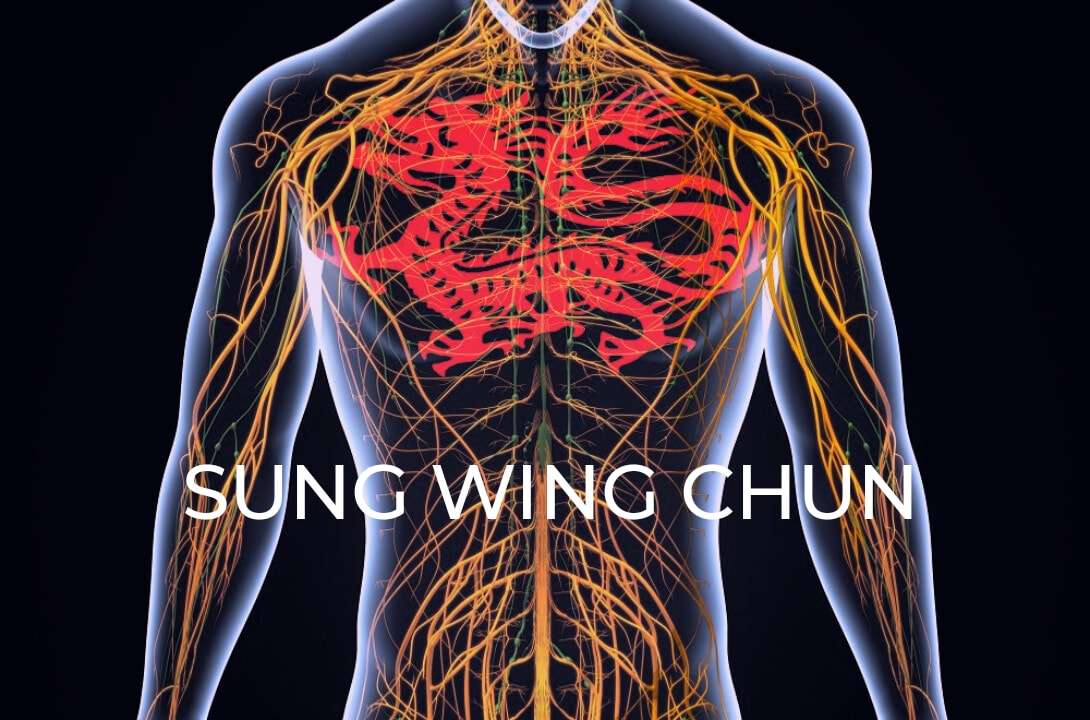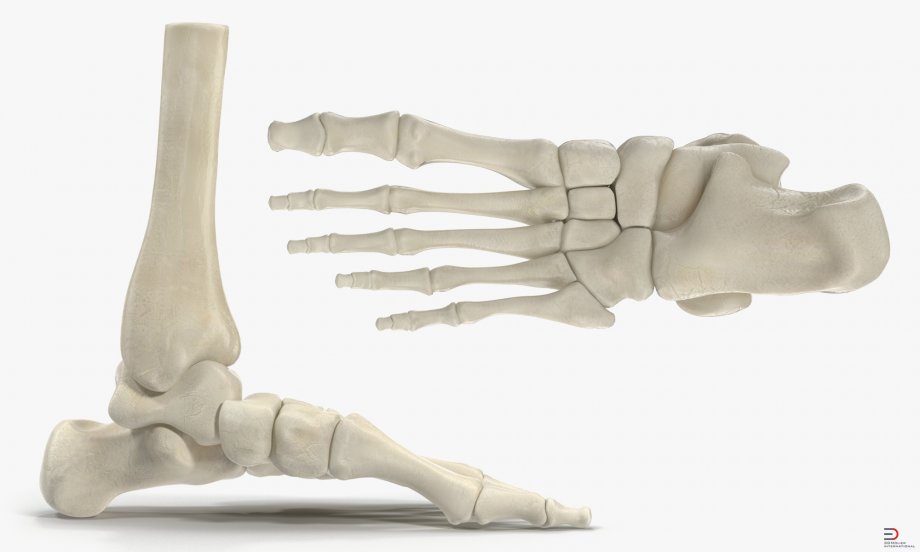Feet
8/30/2018
Wing chun is primarily an art learnt from direct transmission. I am very hands on, this comes from thousands of hours wing chun teaching experience and hundreds of hours of training to be a teacher of the Alexander Technique. Most people do not sense their own tension and when you ask them to relax they either cannot do it or they collapse. At first it is really hard to tell the difference between relaxing, pulling down and collapsing, and this is why hands-on teaching is the only reliable first hand way to understand how your body works. The learning method involves touch to encourage muscular release so the mind can trace a connection to the body, then later once the pathways are clearer this can usually be done by verbal reminder. The final outcome is that you establish the connections yourself and importantly how to use them. It is not quick or easy, but what meaningful pursuit is?
Different areas are easier to relax than others, I tend to work on the shoulder area with new students as most people carry a lot of tension around there, the neck and upper back. Freeing up the shoulder girdle has an immediate effect on how we can handle and produce force. The pelvic area is the most difficult. It is almost always loaded with the weight of the upper body and misaligned due to having to sit or stand all day in awkward positions. It takes time to release deep muscles, this is one of the main reasons that in CST wing chun we advocate standing practice to help the mind get in touch with this areas and dissolve the tension. As a teacher, I do not usually touch peoples feet, but for most they are an area of tension which they are not aware. When force enters our bodies they have to transmit that energy to the floor, so they are a very important link in the chain. You might not think about the tyres of your car much, but get a small puncture and you are not going anywhere. I spent the first several years of my training trying to relax down, relax into the ground (I call this period my pre-Hong Kong training). Without hands on guidance I was relaxing as much as I was collapsing. I now look at my feet and realise that collapse has impacted on my ankles and arches. We do not stand on our feet, we should stand on the ground. The foot is not a flat plimsoll, it is alive; an elaborate vertical construction made of arches. It is not to be pulled down, the earth is coming up towards us. As an experiment think of your naked foot as a hiking boot, the heel separate from the front of the ankle, the back supported and thrust upwards. The balls of the toes take their proportion of the weight and the toes are allowed to lengthen and separate. Allow the hidden support in the arch, be aware of whether your feet collapse in or if you stand on the outer part. If there is only partial contact with the ground the chain of postural muscles within your body will not active and you will have to hold yourself up instead with the wrong muscles (which quickly fatigue). Have a quick look at where your heel is, it is probably further back than where you sense. This is because you probably hold yourself in the front of the ankle. Instead allow the weight to drop into the heel so the support can rise up from the back of your body. Imagine yourself landing on a trampoline and the sensation of release as you are taken up. The irony here is that I do not wear hiking boots, in fact I do not wear shoes with heels. I wear barefoot/minimalist shoes. Although I want the mental idea of an arch, the feeling of support, most shoes restrict the feet and an elevated heel force the body weight to the front which means we have to grip our muscles. We then tend to walk on our feet and lock the ankles and knees. Below is a picture of the foot, remind yourself how long your toes are (they go right into the foot), where you heel is and how delicate an instrument it is. You could think of your foot as a hand and see what changes that makes.
2 Comments
Rini
9/25/2018 03:05:20 am
This is not easy, I will nead your hands on instructions to get the most out of this.
Reply
David Akroyd jones
1/8/2021 05:08:49 am
Feet are interesting, it’s amazing how many people can’t tell if they are pivoting on the ball of the foot or heel. The lower leg muscles are working overtime, quiet standing, we are continually shifting, the heart beat is enough to change balance. Being aware of feet an ankle joints is crucial as you said to allow dynamic action during all types of movement
Reply
Your comment will be posted after it is approved.
Leave a Reply. |
AuthorKeeping you up to date with what is happening in class Archives
July 2024
Categories |


 RSS Feed
RSS Feed